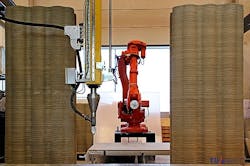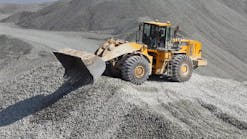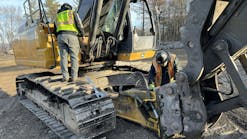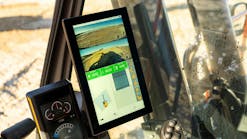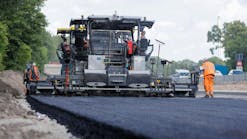Architectural projects that rely on 3D printing have continued to increase in number over the past five years, according to an article in Scientific American. Ever since Spain opened the first 3D printed pedestrian bridge in 2016, for example, the push for printed architecture seems to be accelerating. Some experts believe the construction of unique prototypes like these could welcome a shift in the construction sector, the article says.
According to Theo Salet, a concrete technology professor at the Eindhoven University of Technology, the peak in interest is a sign of “an ongoing digital transition in the construction industry.” He spoke to Scientific American on the subject in a recent article.
According to the article, there are several benefits to 3D printing versus usual bridge construction. When using regular methods, for example, workers mix concrete and pour it into plywood molds. In contrast, 3D printers pump out concrete from a nozzle on a crane that moves on rails, guided by a computer, to create entire structures layer by layer. Instead of making new forms for every piece, builders can reuse one printer to create a variety of projects. A printer can get to work faster with fewer materials and less labor.
Designing bridges fast and on the go is also of interest to the military. The article says that while soldiers transport mobile bridges at about $750,000 apiece, a 3D printer could produce multiple bridges, buildings, walls, and water storage tanks. This option would also cut costs and labor. Since the ingredients for concrete are cheap, soldiers could source these raw materials locally. One report by the Associated General Contractors of America even says some companies are looking at 3D printing to help ease labor shortages.
Some also believe these lower costs could be a game changer for affordable housing.
““The idea that we can bring this cheap machine to make houses is pretty exciting, especially for humanitarian relief missions,” Matthew Friedell, who leads the U.S. Marine Corps’ 3D printing operations, told Scientific American. “And I see a direct correlation for the housing market.”
Since most of this technology is still young, it will require more development to gain wider use. In the meantime, the construction industry will still use 3D printing to mass-produce modular components that require human labor to put together.
Source: Scientific American
